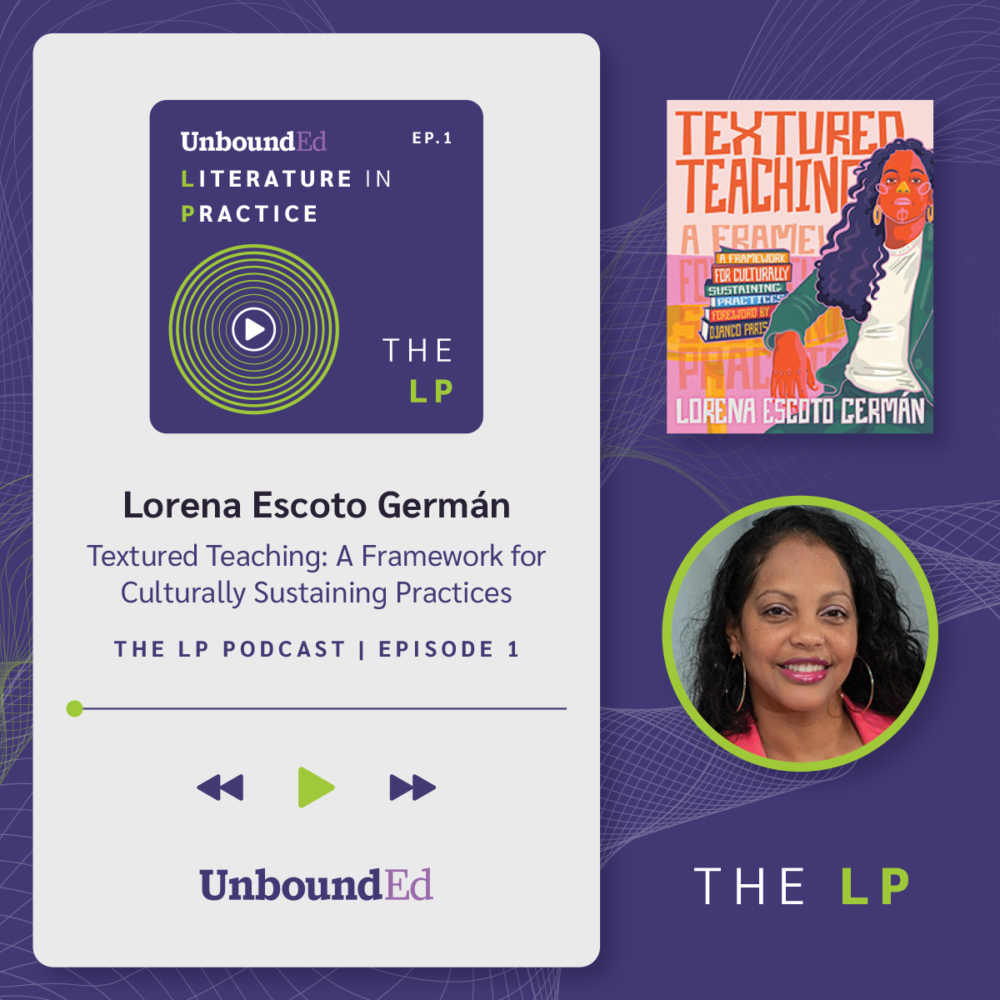What happens when classroom instruction is focused on building academic skills, while at the same time, teaching social justice? What’s to gain when students are exposed to teaching that is student-driven and community-centered, but is also flexible, connected to other subjects, and deeply interactive? That’s the work of author Lorena Escoto Germán who joins this episode to discuss her book Textured Teaching: A Framework for Culturally Sustaining Practices.
Culturally Responsive to Culturally Sustaining, and Beyond with Lorena Escoto Germán | The LP: EP 1
October 26, 2022
